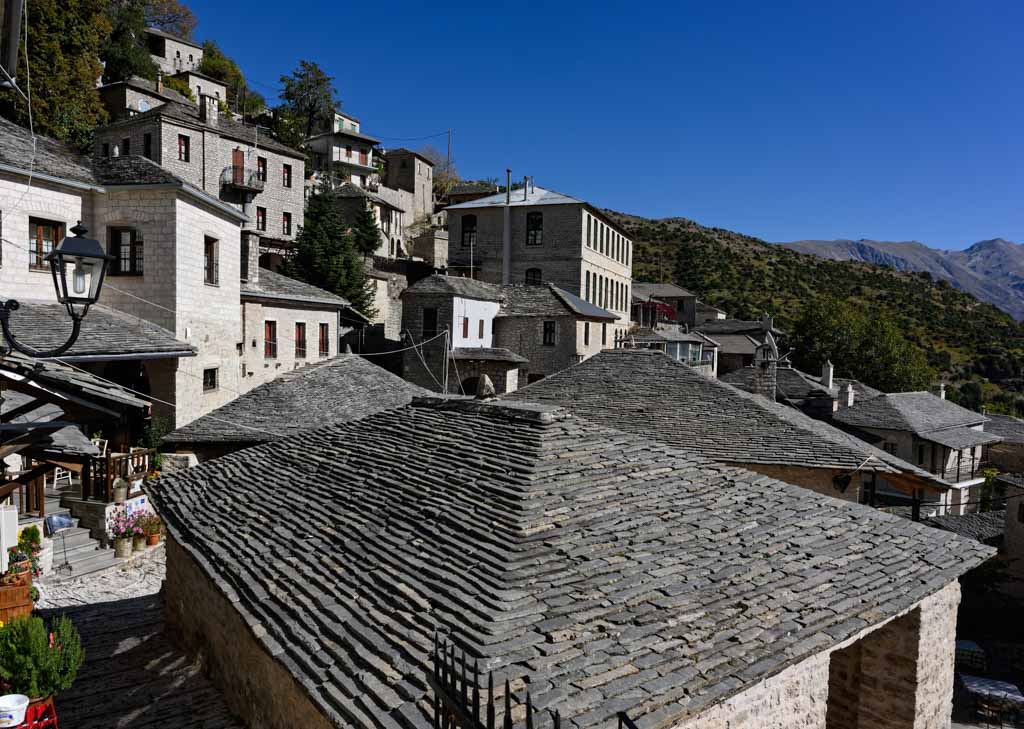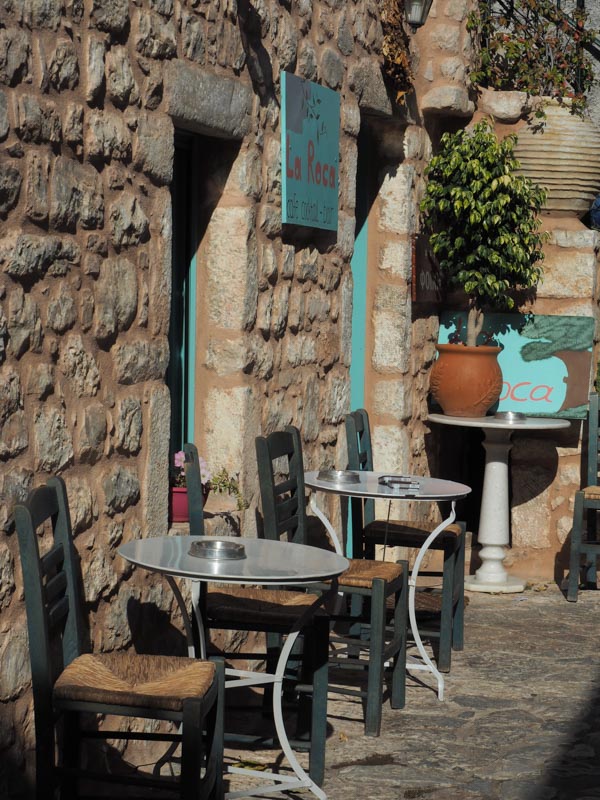While Greece is perhaps more famous for its endless coastlines and glorious islands, this Mediterranean country is also a fantastic mountainous destination. It is, for the most part, in the interior of the country that one finds the best examples of traditional stone crafting. In many cases, this excellent stone work is a defining feature of the region, with preserved villages enjoying protected status.
These are often particularly wonderful places to visit in winter, when the crowds are far and the tranquility of the landscape has a chance to breathe. The elegance of the traditional architecture lends grace to fine boutique accommodations and enchanting restaurants, featuring some of Greece’s finest regional cuisines.
The stone craftsmanship of Greece lends a tremendous atmosphere to traditional villages, from the stone alleyways, the vernacular architecture, and the marvelous and picturesque bridges.
Epirus – the Famous Bridges and Villages
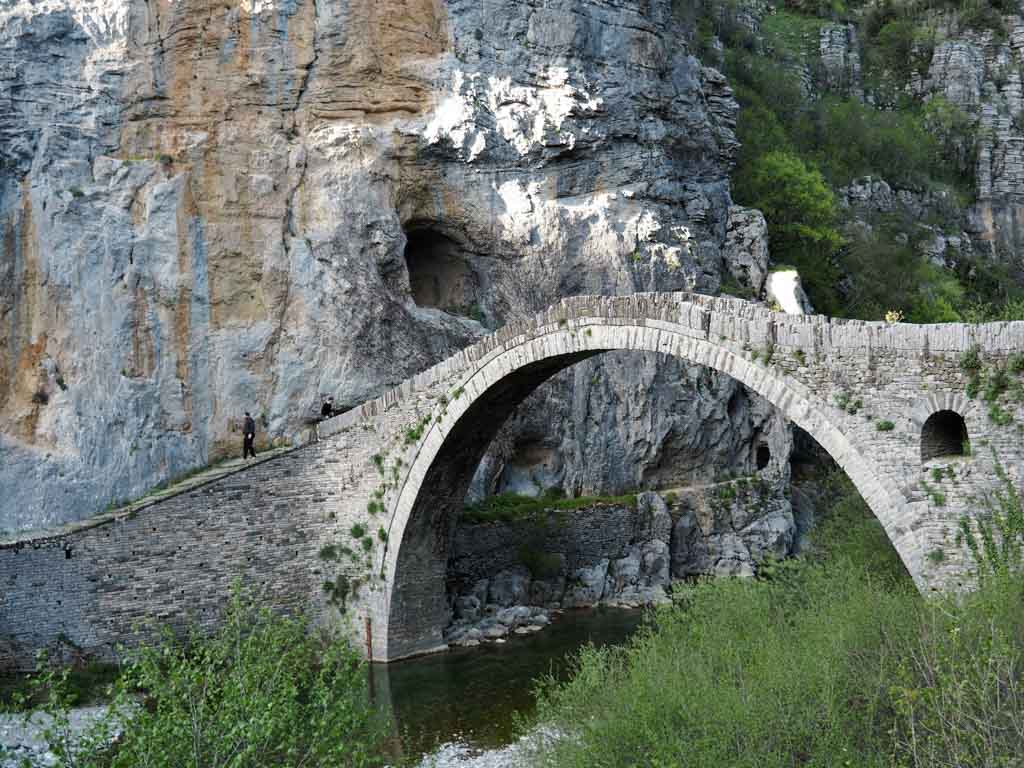
One of the most popular sights of lush and mountainous Epirus are the many famous arched bridges. Rising high above the rivers, they are marvels of craftsmanship and engineering built by great masters. Some have three arches, and some but one soaring single arch. One of the most famous bridges of the region, the Plaka Bridge, was once the border of New Greece and the former Ottoman Empire. The Plaka bridge has only recently reopened, having been damaged in a flood. Impressively, it could only be restored using the original techniques. This is just one of many stunning bridges throughout the landscape.
The Villages of Epirus and the Regions of Zagori and Tzoumerka
Zagori is one of the most famous regions of Greece, so famous for its traditional stone villages that they are known simply as the “Zagorohoria” – the Villages of Zagori. There are actually 46 of them, dotting one of the lushest regions of Greece. It makes for some marvelous sight-seeing and driving. The most famous among them are Papigo and Dilofo, whose name means “Two Hills.” The hiking here is spectacular, and for the more adventurous, there’s also white water rafting.
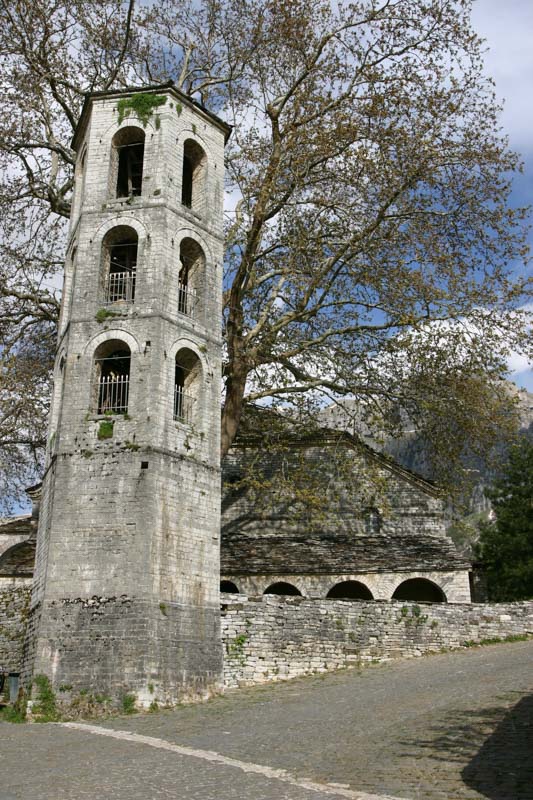 Tzoumerka is another famous Epirus destination that is prized for the excellence of its traditional stone architecture. The Village of Pramanta is important to this heritage. Although this gorgeous mountain village is mainly new – damaged in an earthquake in the 1970s – it’s famous as one of the great “Mastorochoria ” – a village of masons, skillful craftsmen who built the wonders of the surrounding landscape. The most famous villages of Zoumerka are Kalarites, a stone village high in the mountains with a tradition of silversmithing (the Bulgari family hail from here), and Syrrako, with a remote location one must walk into over a bridge. The villagers of Syrrako with their flocks became very successful merchants in wool, and the village prospered, making it one of the most aristocratic and well-preserved traditional villages of Greece.
Tzoumerka is another famous Epirus destination that is prized for the excellence of its traditional stone architecture. The Village of Pramanta is important to this heritage. Although this gorgeous mountain village is mainly new – damaged in an earthquake in the 1970s – it’s famous as one of the great “Mastorochoria ” – a village of masons, skillful craftsmen who built the wonders of the surrounding landscape. The most famous villages of Zoumerka are Kalarites, a stone village high in the mountains with a tradition of silversmithing (the Bulgari family hail from here), and Syrrako, with a remote location one must walk into over a bridge. The villagers of Syrrako with their flocks became very successful merchants in wool, and the village prospered, making it one of the most aristocratic and well-preserved traditional villages of Greece.
The Stone Villages of the Peloponnese
The Peloponnese is a magnificent destination for so many reasons – archaeology, stunning beaches, a dramatic landscape, and a proud history. It is also a wonderful place to see some of Greece’s finest examples of traditional stone architecture.
Mani
Limeni is the only seaside village on our list of mainly mountain towns. This harbor town of the Mani Peninsula is a paradise of turquoise seas and traditional stone architecture. For more magnificent stone architecture, Vathia really delivers. The stone tower houses – like private family fortresses – are the signature architectural style of Mani, a monument to a proud region.
Arcadia
The Arcadia region of the Peloponnese is also known for fine stone craftsmanship. The hilltop village of Karytaina dates from the middle ages, and has a Frankish castle of the 11th century. The village has changed hands – Byzantine, Frankish, Venetian, and Ottoman – but is most famous for being resolutely Greek: it was here that the revolution against the Ottomans for Greek Independence began. Karytaina has stunning vernacular stone architecture from various eras.
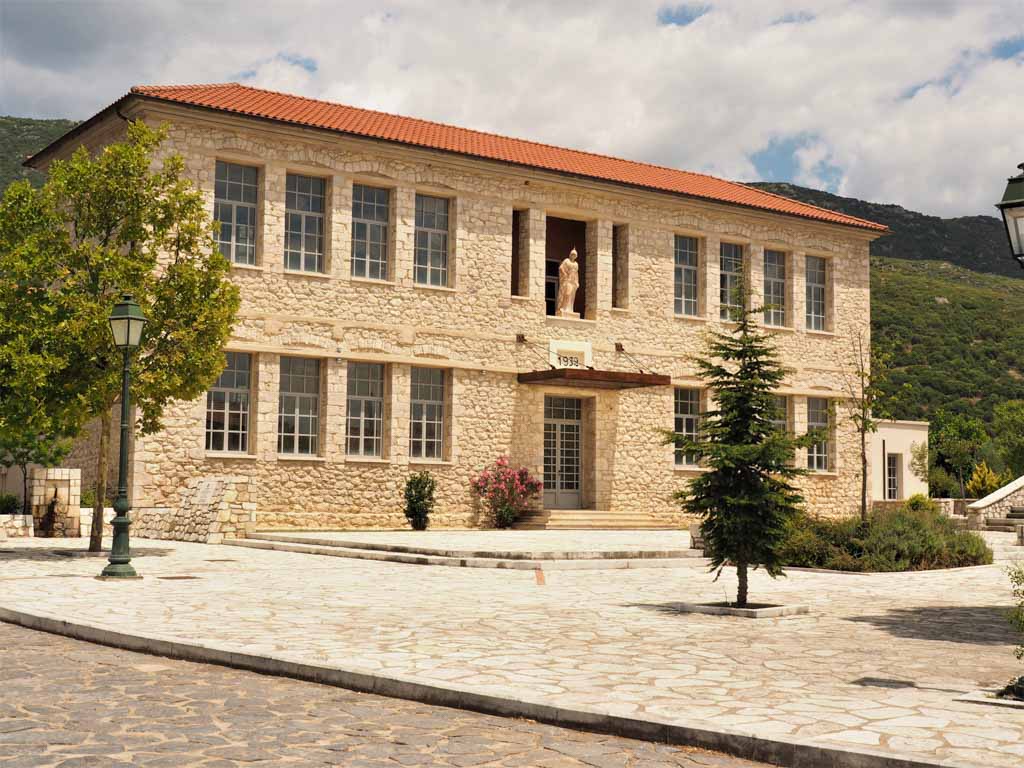
Nearby Stemnitsa also played a role in the war for Independence, sheltering Kolokontronis and his troops. The village is also famous for being one of Greece’s loveliest, known particularly for its stone mansions.
Chios – the Mastichochoria
The islands, too, have their share of fine stone craftsmanship, and nowhere more memorable than the north Aegean island of Chios, famous for the production of mastiha. The villages of Mesta and Olimpi, dating to the Byzantine era, are truly remarkable. These villages are surrounded by fortress walls, with no doors or windows to the outside.
 An elaborate maze of picturesque narrow alleys and interconnected buildings, their complicated construction was intentional – it made it very difficult for pirates to raid the village, because only locals could navigate its labyrinthian plan. Today, these enchanting preserved villages are a pleasure to get lost in.
An elaborate maze of picturesque narrow alleys and interconnected buildings, their complicated construction was intentional – it made it very difficult for pirates to raid the village, because only locals could navigate its labyrinthian plan. Today, these enchanting preserved villages are a pleasure to get lost in.
Macedonia – Nymfaio and Palaios Panteleimonas
Northern Greece is also a wonderful destination for traditional villages with an aristocratic flair. Nymfaio, near Florina, is often likened to a fairy-tale. It regularly pops up in lists of the most beautiful villages of Europe, and has been recognized by the UNESCO Melina Mercouri International Prize in recognition of its commitment to cultural and natural preservation. Its traditional character is protected. The village prospered during the Ottoman era as a center of silversmithing, and as a result has a distinctive elegance, with many historic stone mansions.
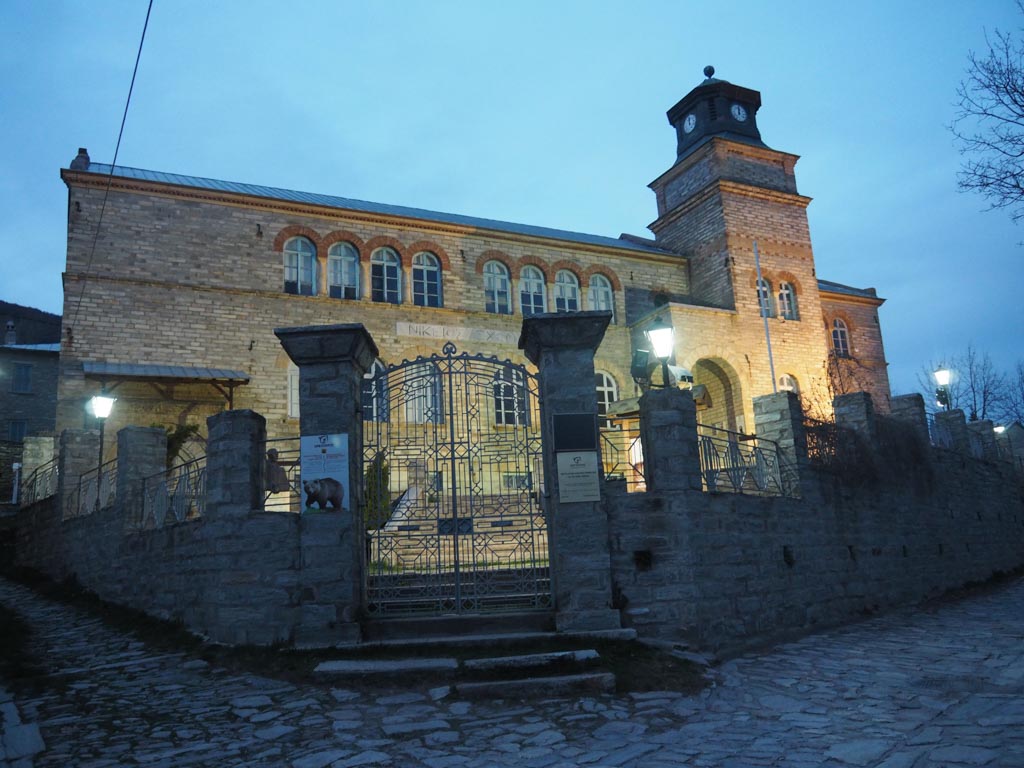
Very close to Mt. Olympus is another enchanting stone village with a more rustic traditional character. 700 m high on a dramatic slope overlooking the sea is Palaios Panteleimonas, this village is under historic protection, owing to its remarkable architecture of stone with wooden beams and small wooden balconies. Nearly all have stunning views of the sea, arranged as they are on the slope. The stone alleys ramble up and down hill, and a classic small village square with a beautiful stone church completes the picture. Tavernas serving rustic and delicious fare beside cozy roaring fires make this a wonderful destination for winter, especially after a bracing hike.
Although cool and comfortable in summer, the stone villages of Greece really shine in winter. All of these famous villages are favored holiday spots for Greeks who treasure the pristine natural surroundings and abundance of activities – both cultural and out in nature. While all of these destinations are rich in rustic charm, they also do not lack refinement. Some of Greece’s most charming boutique hotels offer elegant accommodation, and the regional fare in each is known for its excellence, often with local wines to complement.
Have you ever enjoyed a Greek winter holiday?

